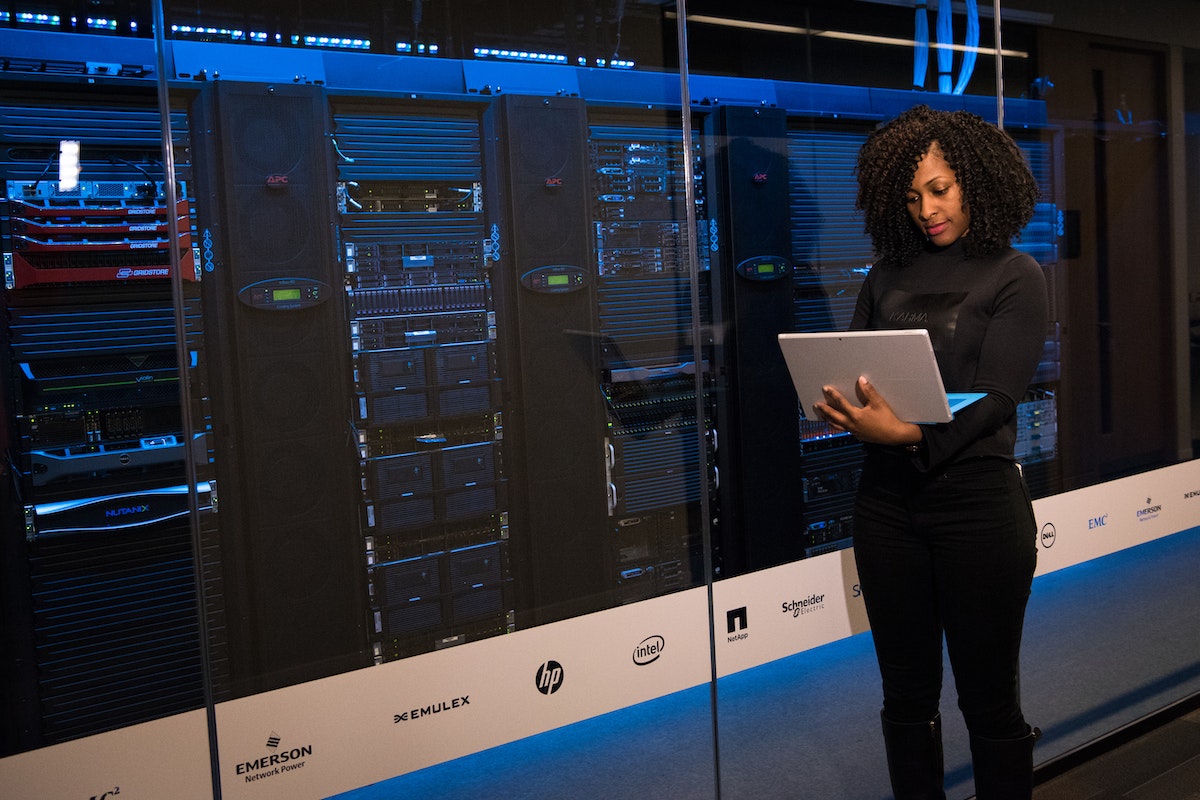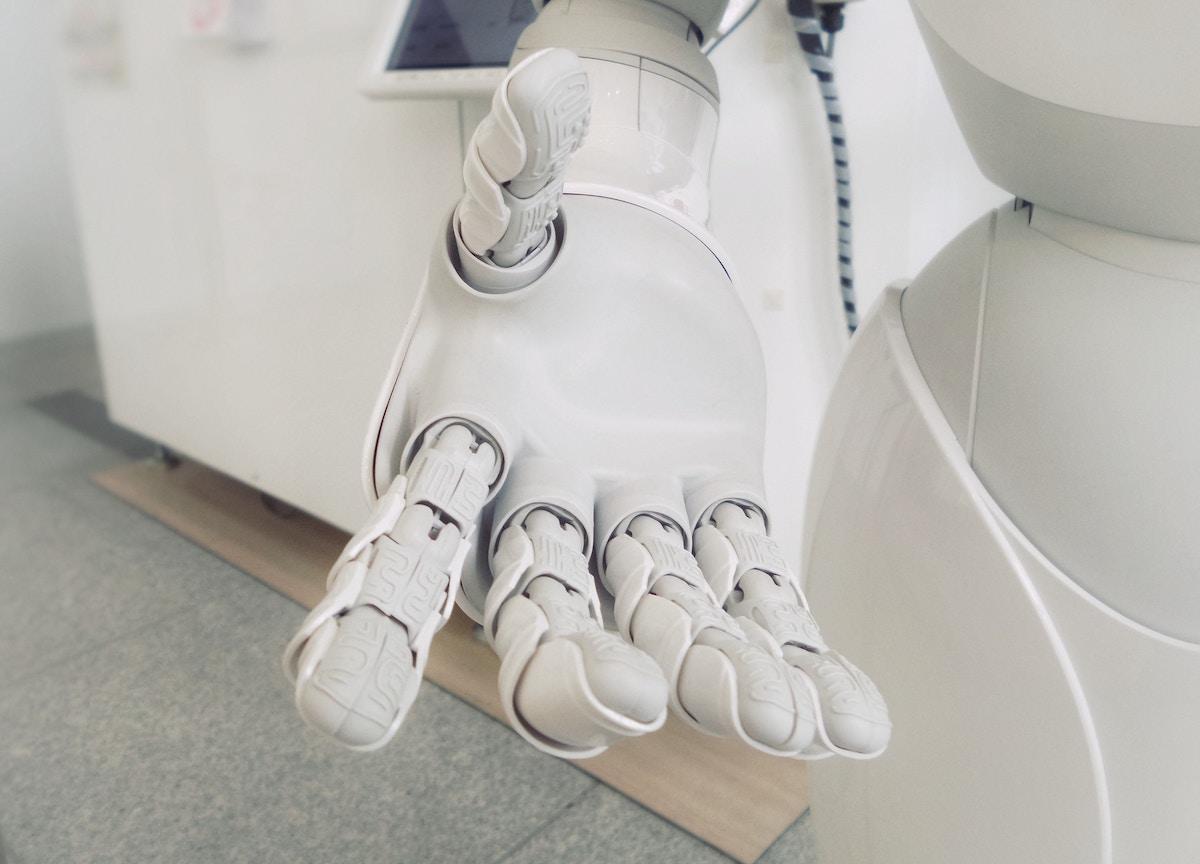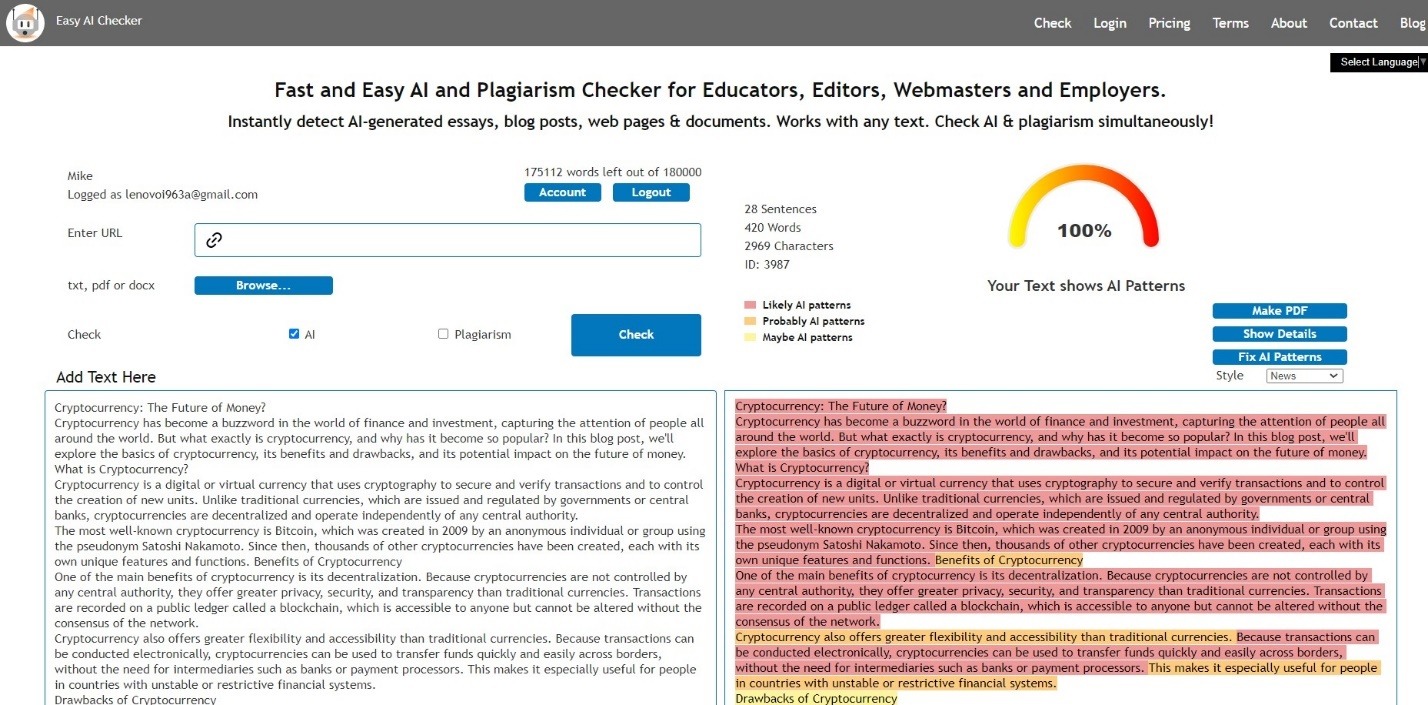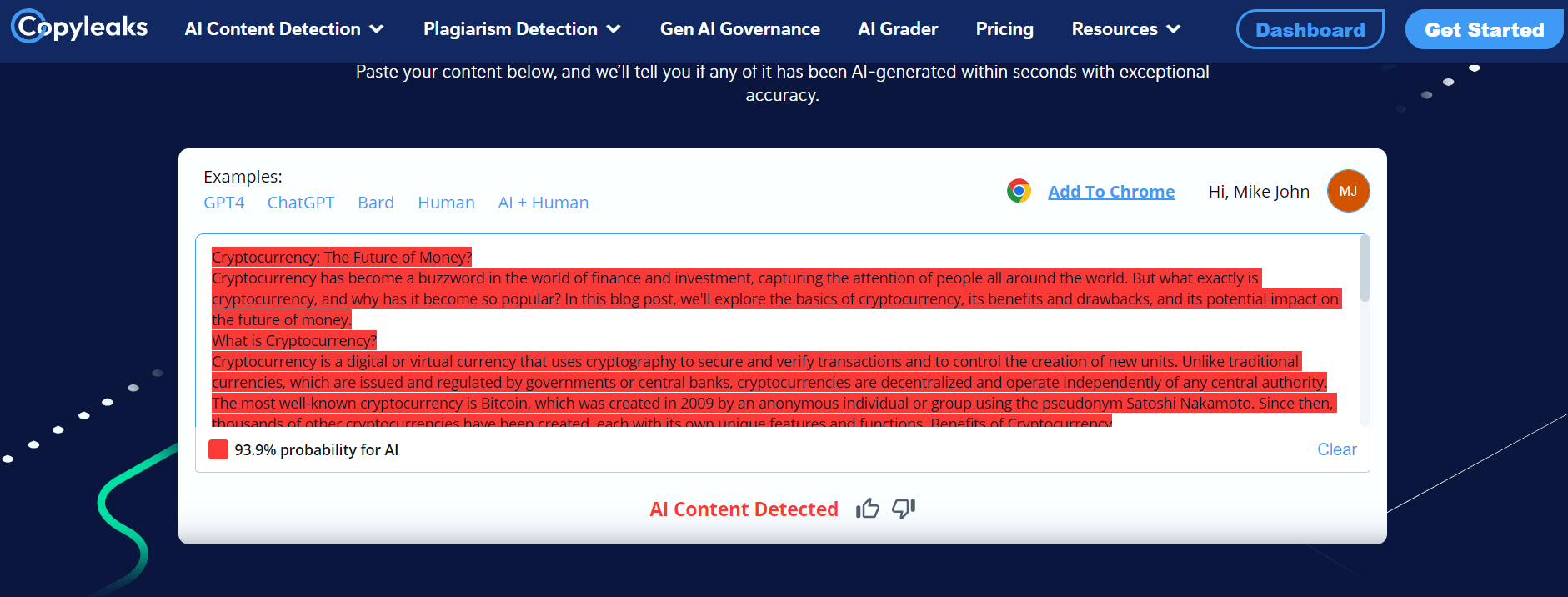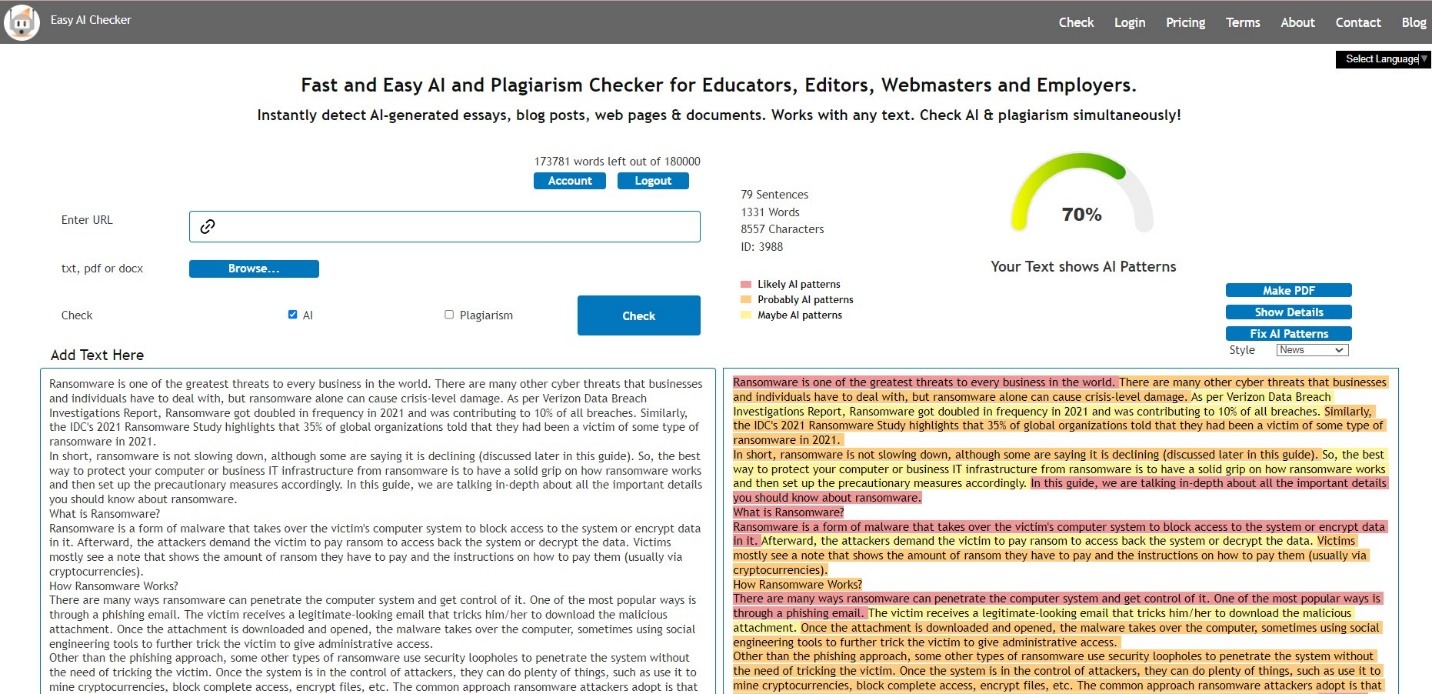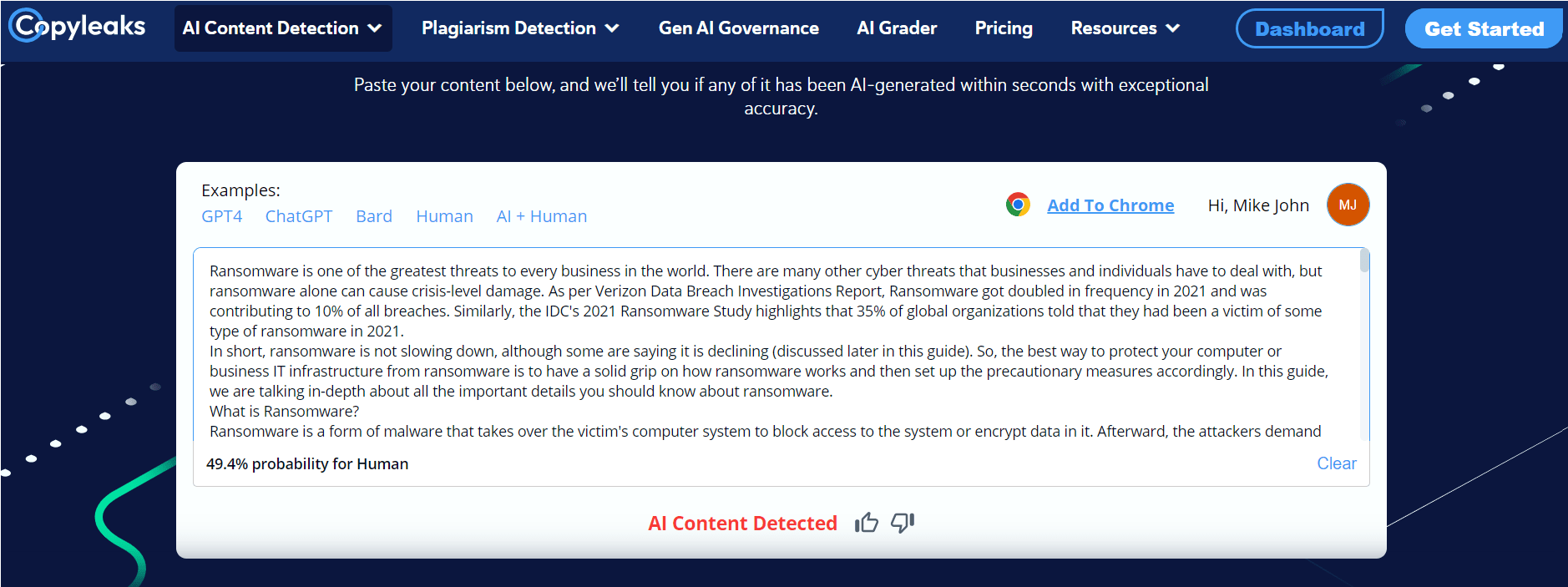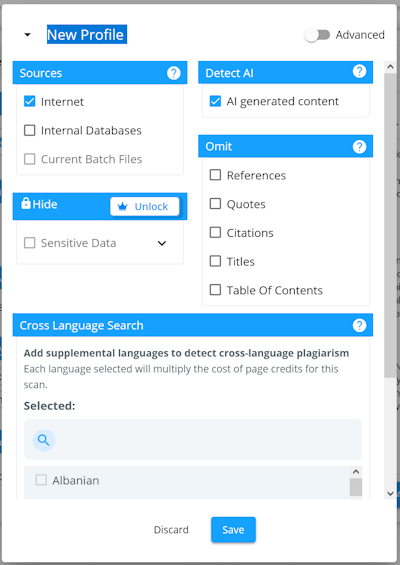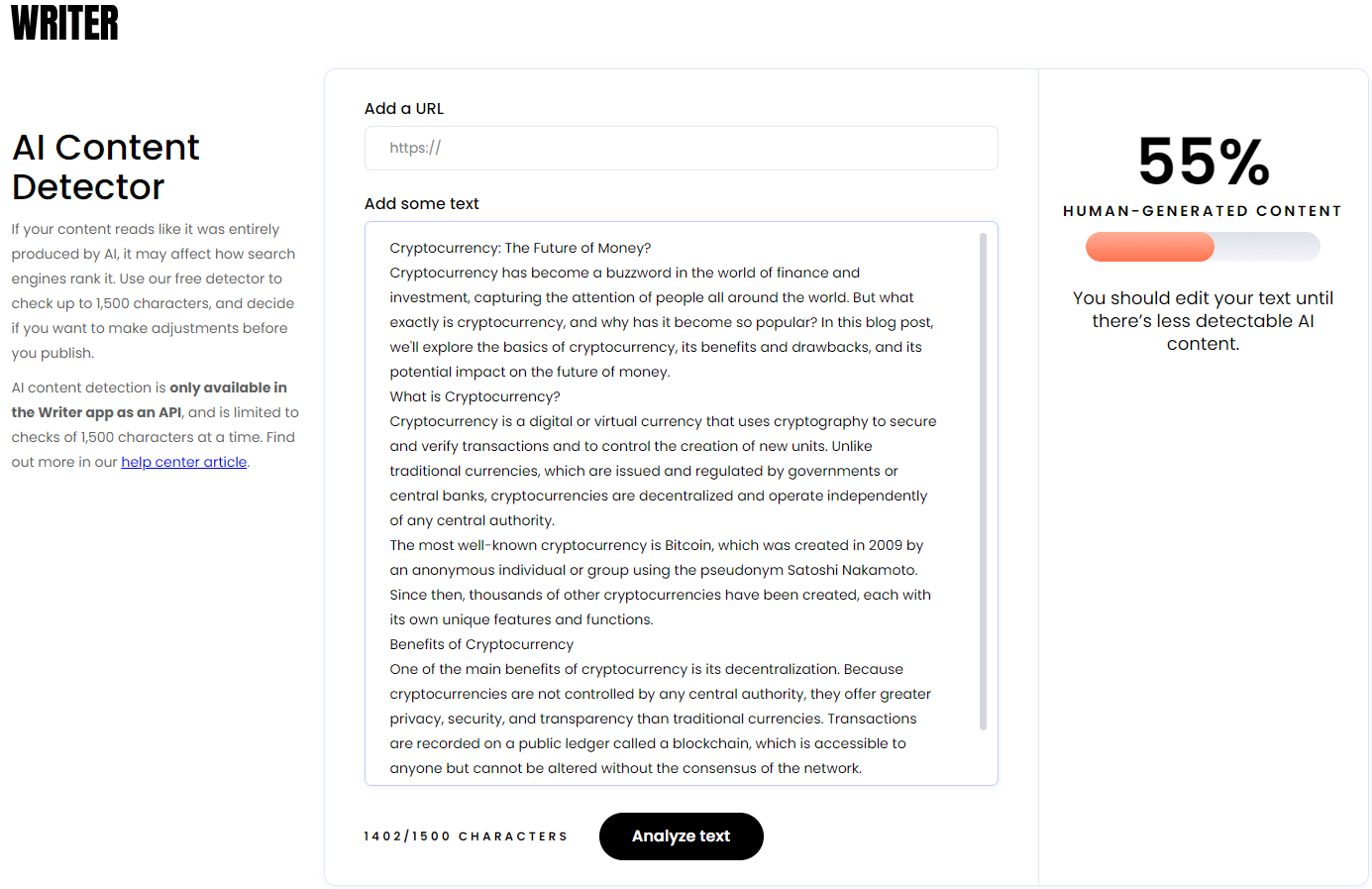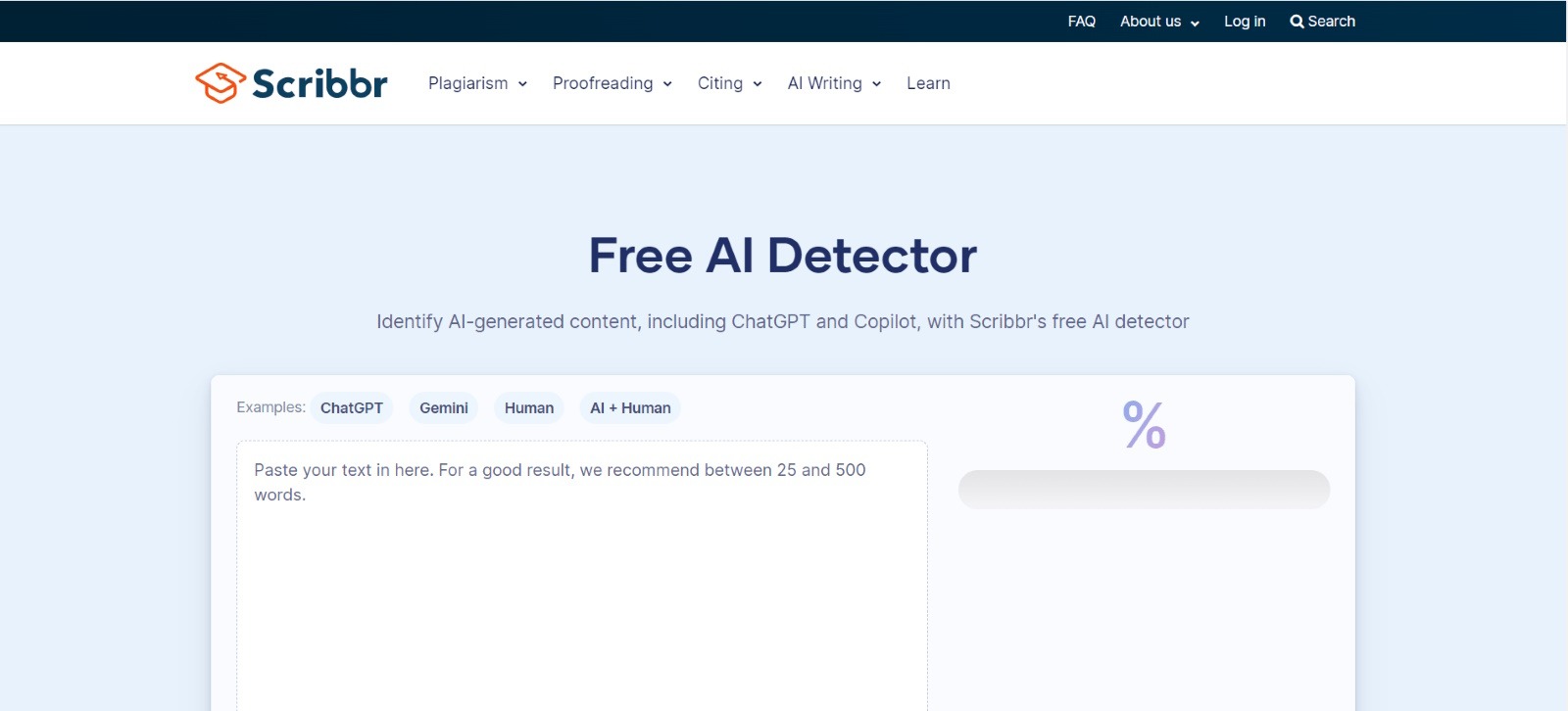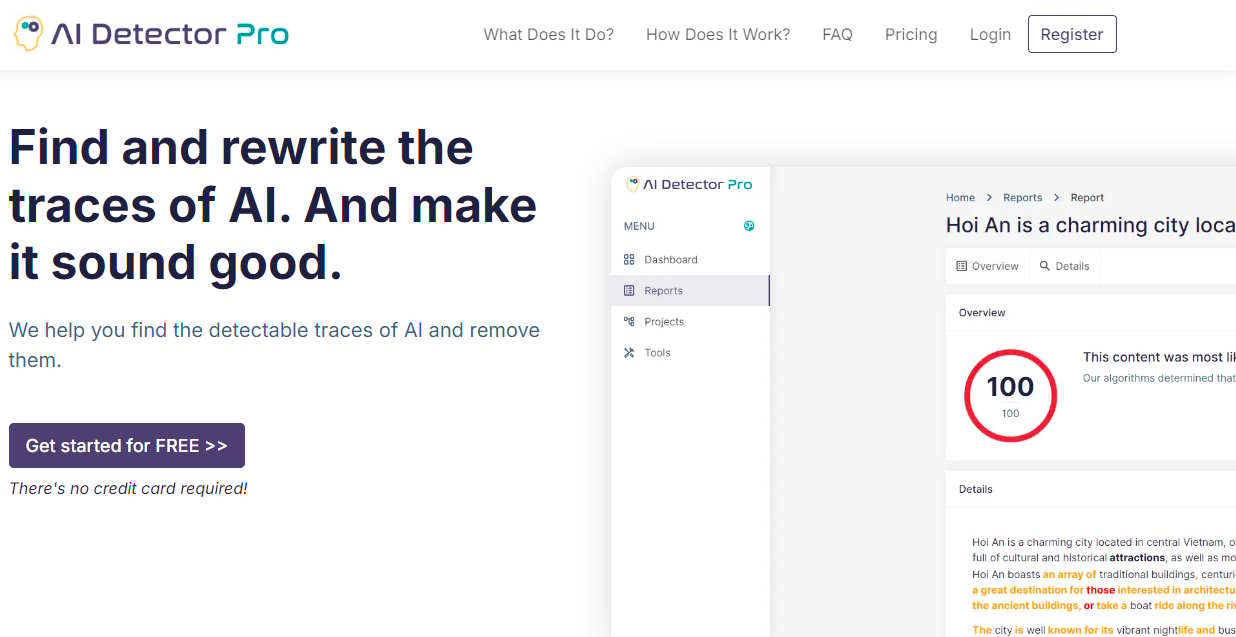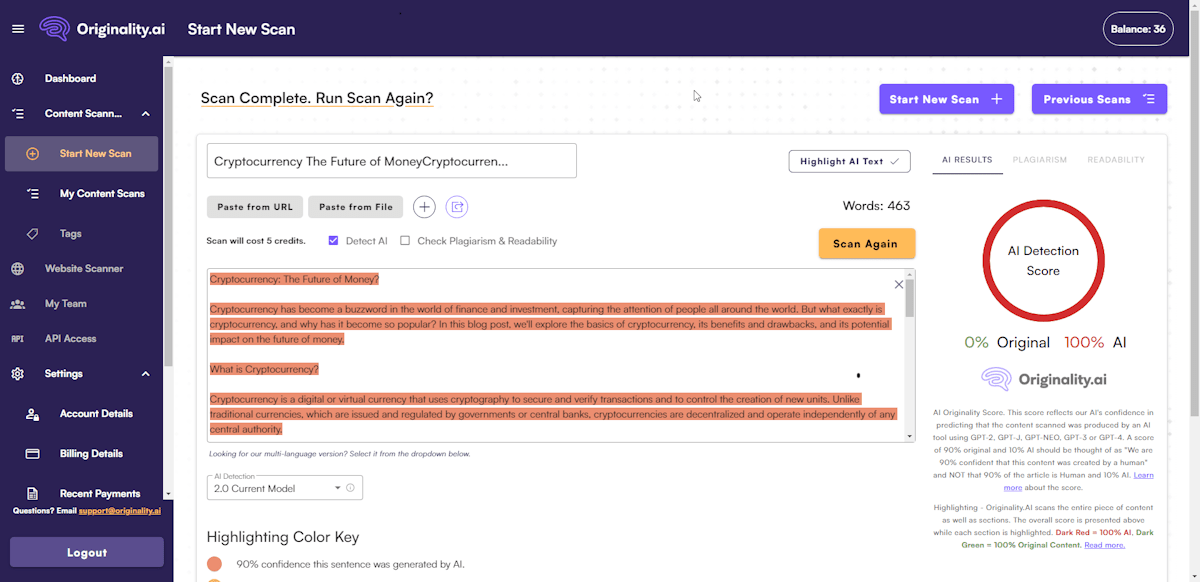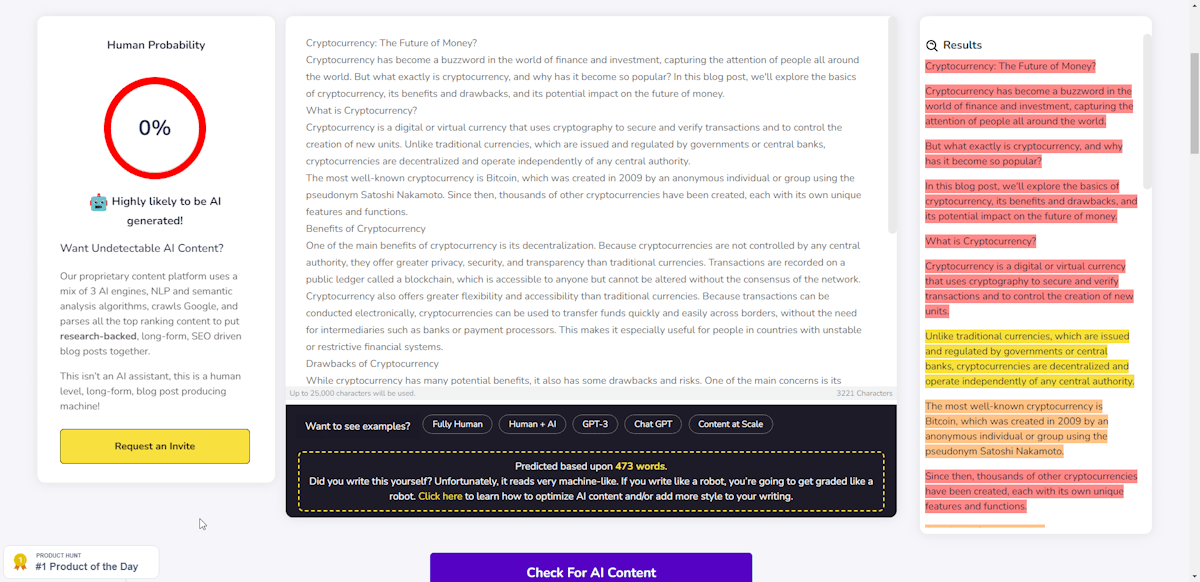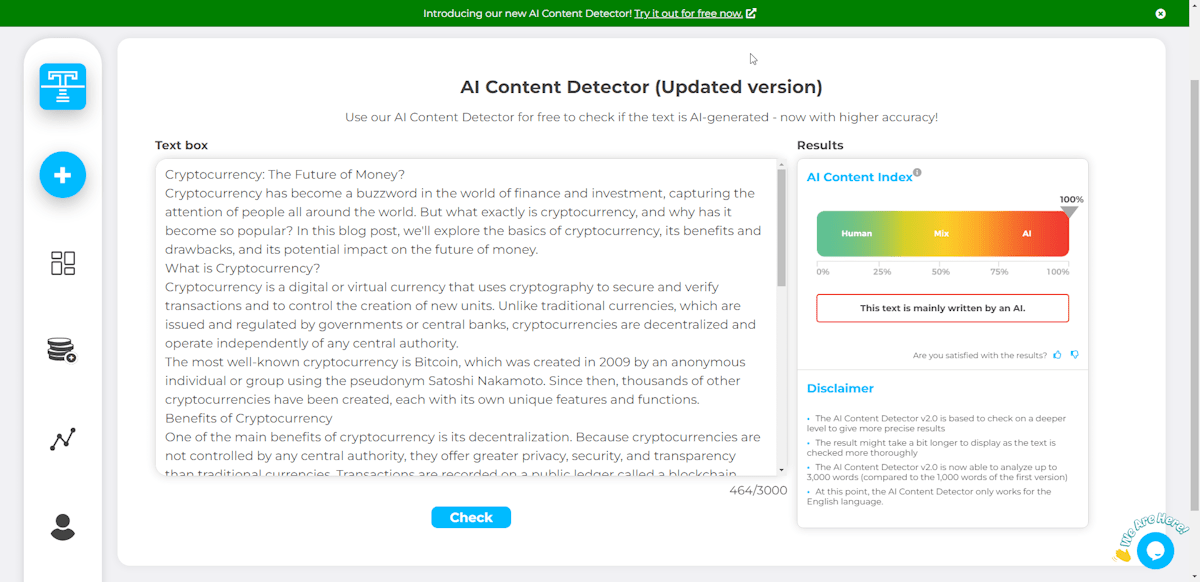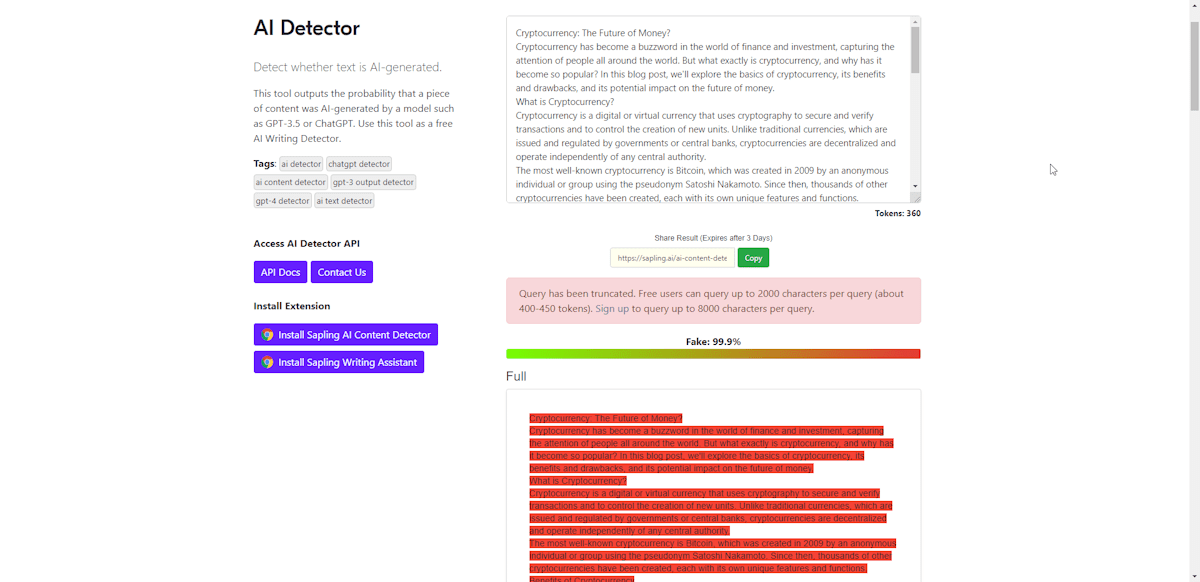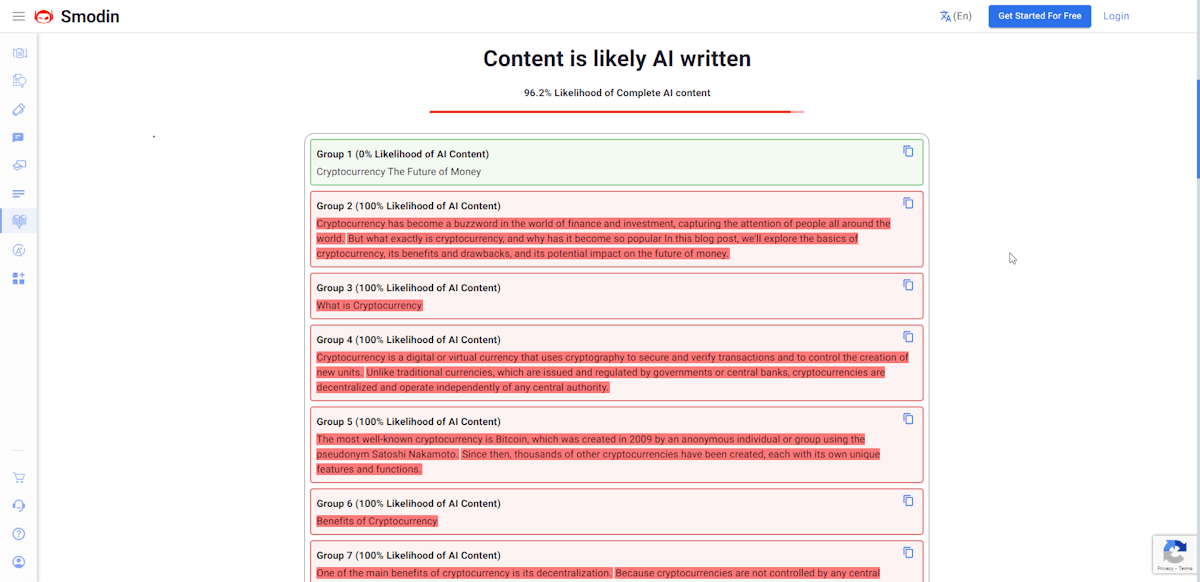In the digital realm, headshots serve as the quintessential visual representation across platforms ranging from professional networks such as LinkedIn to social media giants like Instagram. The advent of AI has catalyzed a profound transformation in headshot creation, fundamentally altering the landscape. This article delves into the evolution of headshots using AI, unraveling the profound impact and implications of this technological stride.

AI has revolutionized headshot generation, reshaping the way individuals present themselves online. Through sophisticated algorithms and machine learning techniques, AI-powered tools analyze facial features, enhance image quality, and generate lifelike portraits. This innovation has democratized access to professional-quality headshots, making them more accessible and affordable.
With headshots using AI, individuals can now curate their online persona with unprecedented ease and precision. These tools offer users the flexibility to customize facial expressions, hairstyles, and backgrounds, empowering them to craft a compelling digital identity. From entrepreneurs to influencers, the utilization of AI headshots has become synonymous with effective personal branding and engagement on social media platforms.
The Traditional Approach to Headshots
Traditionally, acquiring a professional headshot involved hiring a photographer, scheduling sessions, and meticulously choosing the best shots. This process was both time-consuming and expensive, often requiring individuals to invest significant resources into capturing their desired image.
The Emergence of AI Headshot Generators
The rise of AI technology has democratized headshot creation, providing individuals with accessible and cost-effective solutions. AI headshot generators harness advanced algorithms to analyze facial features, enhance image quality, and generate realistic portraits. These tools offer users unprecedented control over their online image.
How AI Headshot Generators Work
AI headshot generators utilize deep learning models trained on vast datasets of human faces. These models can accurately detect facial landmarks, adjust lighting conditions, and apply stylistic enhancements. By leveraging facial recognition technology, AI algorithms produce headshots that rival those captured by professional photographers.
Benefits of AI Headshot Generators
Cost-Effectiveness: AI headshot generators are often more affordable than traditional photography sessions, making professional-quality portraits accessible to a broader audience.
Time Efficiency: With AI, individuals can generate high-quality headshots in a fraction of the time required for traditional methods, eliminating the need for scheduling and waiting for photoshoot sessions.
Customization Options: AI headshot generators offer a wide range of customization options, allowing users to tailor facial expressions, hairstyles, and backgrounds to suit their preferences.
Accessibility: Regardless of geographical location or budget constraints, AI headshot generators empower individuals to create polished and professional-looking portraits.
The Impact on Social Media and Online Presence
The proliferation of AI headshot generators has revolutionized personal branding and self-presentation on social media platforms, particularly Instagram. In a competitive digital landscape, users seek visually captivating content to stand out and engage their audience. The concept of Insta headshot has emerged as a means of enhancing one’s online persona and fostering connections with followers.

Insta Headshot: Redefining Self-Presentation
Insta headshots have evolved into indispensable assets for individuals seeking to enhance their online visibility, distinguished by their captivating aesthetics and ability to captivate audiences. AI headshot generators play a pivotal role in this transformation, empowering users to craft compelling visuals that forge authentic connections and foster meaningful engagements.
With their innate aesthetic appeal and attention-grabbing attributes, Insta headshots serve as powerful instruments in the realm of personal branding and social media influence. Enabled by AI technology, these headshot generators offer users unprecedented flexibility and creativity in image creation, enabling them to tailor portraits that resonate with their target audience.
By leveraging advanced algorithms and deep learning techniques, AI headshot generators analyze facial features, refine image quality, and generate lifelike portrayals that rival traditional photography. This technological innovation democratizes the process of obtaining professional-quality headshots, making it accessible to a broader spectrum of users.
In essence, the convergence of Insta headshots and AI headshot generators signifies a paradigm shift in digital self-presentation and online interaction. As individuals harness these tools to curate their virtual identities, they not only elevate their online presence but also foster genuine connections in the digital realm, fostering a sense of authenticity and engagement that transcends traditional boundaries.
Ethical Considerations and Limitations
While AI headshot generators offer numerous benefits, they also raise ethical concerns regarding privacy, consent, and authenticity. The widespread use of AI-generated images has sparked debates about the potential misuse of technology, including the creation of deepfakes and perpetuation of unrealistic beauty standards. Additionally, AI-generated headshots may lack the personal touch and authenticity associated with traditional photography.
Future Trends and Innovations
Looking ahead, the evolution of AI headshot generators shows no signs of slowing down. As technology continues to advance, we can anticipate further improvements in realism, customization options, and integration with emerging technologies like augmented reality (AR). Moreover, advancements in facial recognition and biometric authentication may open up new avenues for application beyond social media platforms.
Conclusion
In conclusion, the emergence of AI headshot generators marks a significant shift in the realm of digital self-expression and personal branding. Through democratizing access to high-quality portraits, these innovative tools empower individuals to sculpt their online personas and foster deeper connections with their audiences. However, as we embrace these technological advancements, it is imperative to navigate the ethical considerations with care and uphold principles of authenticity and transparency.
The evolution of headshots using AI & Insta headshot signifies more than just a technological progression; it represents a gateway to a new era of creativity and connectivity in the digital landscape. With AI headshot generators, individuals can transcend traditional boundaries, sharing their stories and expressing their unique identities with the world in ways previously unattainable.



